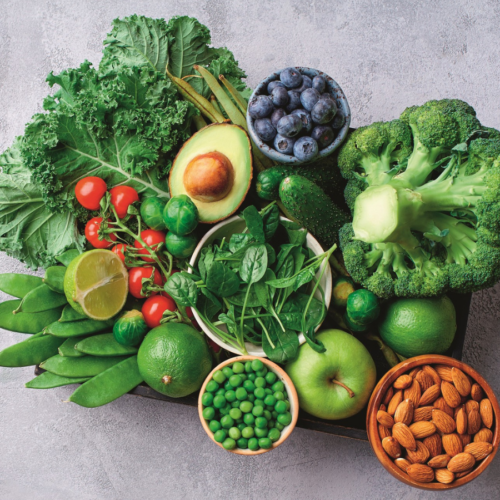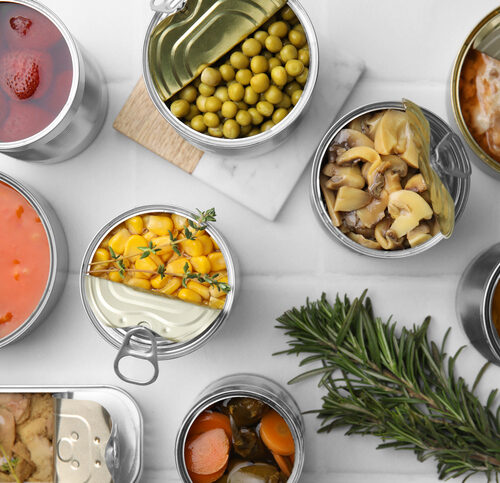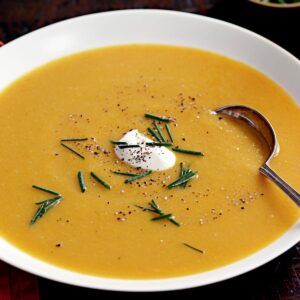
Nutritionist Bronwen King has advice for parents on getting the kids into the kitchen these holidays.
Teaching kids to cook is one of the best investments in their health you can make. It takes time, is often messy, and can require the patience of a saint, but kids love to cook and cooking with them can be a lot of fun. There are other benefits, too:
- You spend time with your children and develop your relationship while giving them the parental attention they need.
- You teach them the skills they need to be healthy independent adults. This will mean they won't have to rely on fast food and convenience foods when they leave home.
- Kids are more likely to eat and enjoy foods they have made or contributed to. Cooking can be a great way to expand their food repertoire.
- Cooking involves a whole range of other important skills including decision making, research, reading, mathematics, co-ordination, teamwork, time management and creativity.
- Cooking boosts children's self esteem and helps them feel they are contributing to the family.
- It fosters an appreciation and love of food and a better understanding of nutrition.
- You may reap the rewards when your kids are older – they may take over some of the cooking.
- You are building memories – think back to the dishes you remember from your childhood!
What to do at what age
0-1 years
Sit the baby where they can see you cooking. Talk to them about the food and show them what you are doing. While they may not understand, they are forming pictures of what is normal for Mummy or Daddy to do.
1-3 years
Involve them as much as possible in what you are doing. Give them plastic bowls, wooden spoons, plastic sets of cutters and play dough to play with. As they get older and their motor skills get better, let them stand on a chair and pour ingredients you have measured into a bowl. They can also help clear the table by removing place mats and napkins.
3-5 years
Pre-schoolers can spread margarine, peanut butter or jam using a blunt knife. They can tear up lettuce for a salad, stir the contents of a bowl, wash fruit and vegetables and help mash potatoes. They can also help set the table.
5-10 years
School-aged kids can use hand egg beaters, whisks and sifters. They can measure ingredients and mix them in the right order. Since their reading skills are improving, they can start to read recipes – this is a good time to buy a kids' cookbook. Close supervision of all food preparation will still be necessary.
10+ years
Kids have sufficient motor and co-ordination skills to start chopping, peeling, grating and to use the stove. Some supervision may be necessary to start with, but this will get less as they get older. They should now be able to set the table by themselves and help with meal service. Encourage older children to plan and prepare a meal totally by themselves.
Keep it safe
When you are teaching young children to cook it is important to set some rules and reinforce them rigorously. This will establish good habits for life.
- Wash hands before starting and as needed during food preparation. Use soapy water and lather for about 20 seconds before rinsing and drying (with a clean towel).
- Start by reading the recipe thoroughly. Gather all the equipment needed before starting.
- Keep the work area tidy. When finished with equipment or utensils, get them out of the way by stacking beside the sink.
- Wear an apron and keep long hair tied back. Wear shoes in the kitchen (covered-in shoes are best).
- When using the cook top, use back elements rather than front elements and make sure pot handles are turned away from the front.
- Use pot holders when handling anything hot and take great care. Use pot stands when standing hot pans on the bench or table.
- Be careful with knives, graters and anything sharp. Don't place these in a sink full of soapy water as someone could get cut when reaching in.
- Take care tasting food – use a clean spoon and don't double dip. Don't nibble and lick while cooking and take care if tasting food items that are hot. Don't taste uncooked food as it could contain harmful bacteria.
- Clean up after cooking. That means wiping up spills, cleaning the cook top, putting ingredients away, putting utensils and bowls in the dishwasher and washing up pots and pans.
Recipes
Here are some recipes to get your children going in the kitchen (suitable for 5+ years old with supervsion).
Hamburgers
Chicken burritos
Ambrosia
Other recipes/food ideas kids love:
- Pizza
- Nachos
- Easy trifle using ready-to-go jam roll, commercial custard and canned fruit
- Chocolate instant pudding
- Chocolate-dipped strawgerries
- Fruit and marshmallow kebabs
- Cheese, apple and date porcupine: cut an orange in half, arrange cheese cubes, apple pieces and dates on toothpicks then stick these into the orange.
Tip: Take the kids to investigate kids' recipe books in your library or book store. Alternatively, show them how to search for ideas in this website.
www.healthyfood.com










